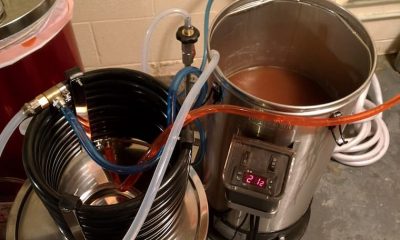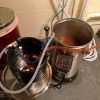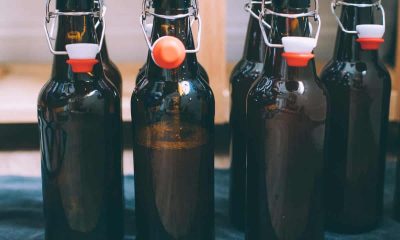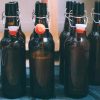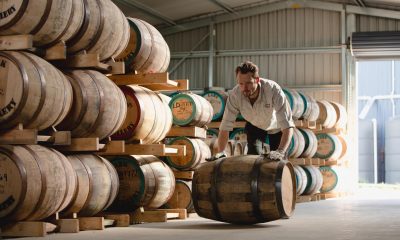Food & Drink
The Whole Story: How to Make Your Own Beer at Home
If you’ve decided to brew your own beer at home, you’re up for an exciting adventure. Beer brewing is a rewarding and wondrous and rewarding that’s almost as old as humanity itself. However, no need to worry and be intimidated by this entire process. Although we have been brewing beer for centuries, the primary process has still remained pretty much the same.
If you want to learn the basics of how to brew beer at home, the essential home brewing equipment you will need and want to learn the basics of beer brewing, we’ve got you!
How to Brew Beer
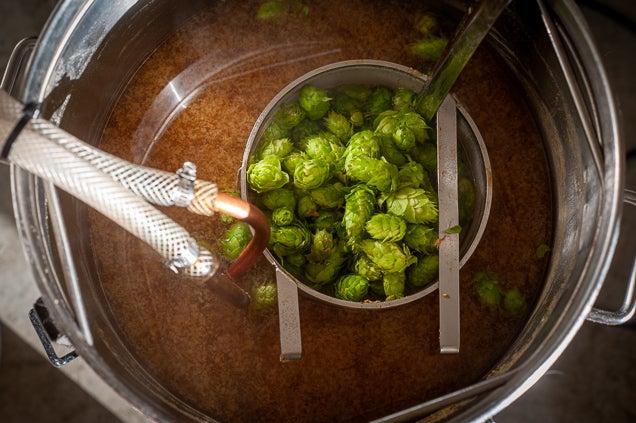
Beer brewing can be separated into two types: all grain brewing and extract brewing. Beer is typically made with the sugars from malted (partially germinated) grains. When doing all-grain brewing, the brewer extracts these sugars from milled grains through a few steps. For extract brewing, the brewer uses malt extract that’s already been made, thus skipping the entire sugar extraction process.
Extract brewing is an excellent starting point for most new homebrewers as for this process you need minimal home brewing equipment and the process is quite simple.
The Essential Home Brewing Equipment to Make Your Own Beer
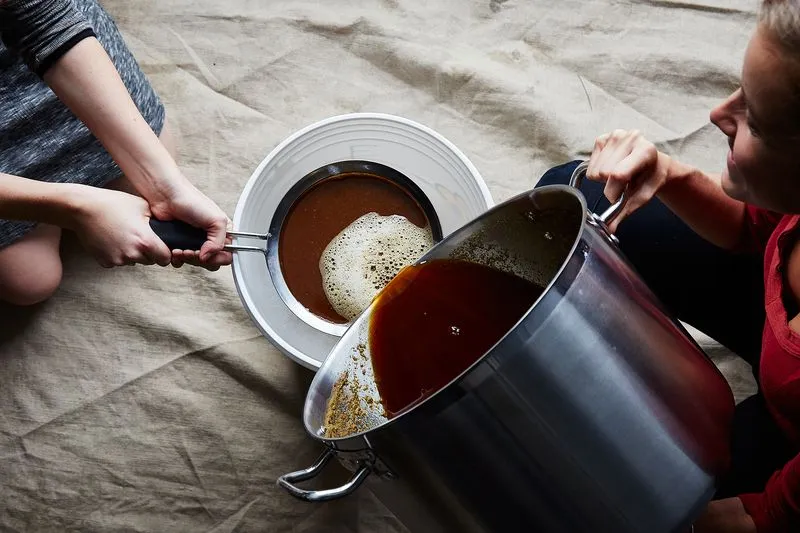
If you’re a great beer lover, you might know someone who has converted their entire garage or basement into a professional brewery. These spaces are usually equipped with shiny fermentation tanks and kegs, welded pipework, washing stations, and fridges with tap handle always pouring out beer. However, you don’t have to spend a fortune when buying home brewing equipment.
The easiest way to get started making your own beer is to buy a complete home brew kit. Then, as you further master the process and have decided you truly like the idea of brewing your own beer, you can add fancier pieces of fermentation equipment and more refined brewing gadgets.
The Main Ingredients of Making Beer at Home
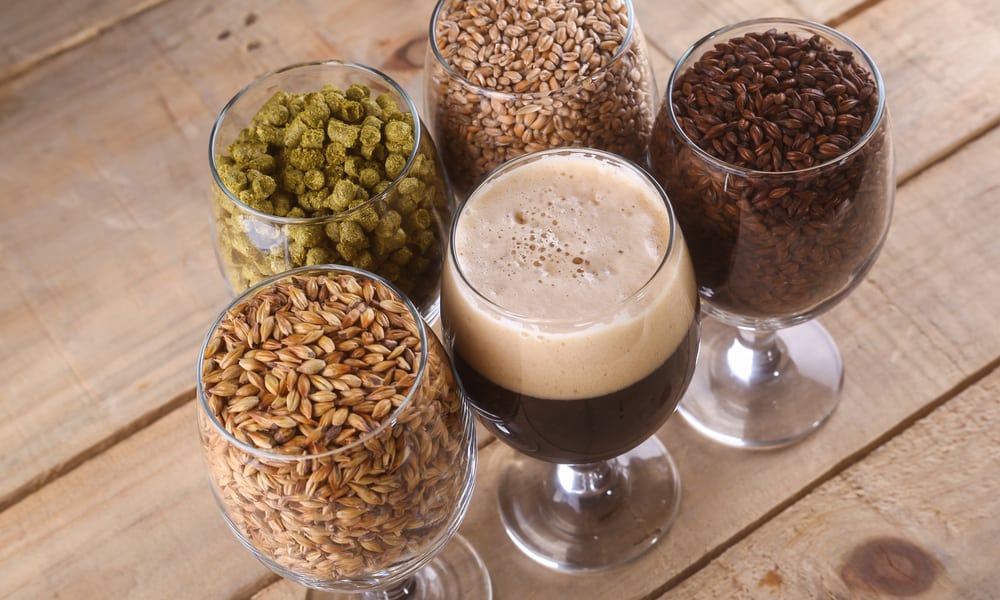
Hops
Hops are the flowers of the plant Humulus lupulus. They come from female plants and contain the alpha acids that determine the bitterness of that specific hop. Usually, the higher the alpha acid percentage is, the bitter that hop will be and thus the bitter your boil will turn out. Boils typically last 60 or more minutes as the alpha resins of the hops are not entirely water-soluble and have to be boiled for at least 60 minutes to release their bitterness.
Grains
Even if you are using malt extract in your brewing process, using a bit of specialty grains can give your homemade beer more aroma, flavour, body and colour. Make sure you buy your grains from a reputable homebrew shop so that you get grains that are fresh and have been properly stored.
The grains have to be first crushed or milled before being used for making beer. You can crush them at home if you have a grain mill or you can use another method to finely crush the grains. If not, you can always have this done at a homebrew shop. Once crushed, grains must be used as soon as possible, while uncrushed grains can be stored for up to four months.
Malt Extracts
Malt extracts are an excellent way to make your own beer and these goodies can make the process much more enjoyable for new home brewers. Whether you’re a newbie in homebrewing or have a hundred batches under your belt, malt extracts can be used to produce exceptional beers. The quality of extracts has greatly improved over the years and they are a great ingredient that provides consistent results.
Malt extract can be found as liquid malt extract (LME) or dry malt extract (DME). Keep in mind that which form you will decide to use will affect how much of it you will need for a certain recipe. You can use this simple calculation to determine what kind of original gravity you should expect from LME vs. DME:
- 1 lb LME will create a 1.044 original gravity when dissolved in 1 gallon of water.
- 1 lb DME will create a 1.037 original gravity when dissolved in 1 gallon of water.
You can rely on these simple calculations to decide how many pounds of LME or DME you need to achieve a known original gravity if you aren’t using a pre-measured beer recipe kit.
Yeast
Beer was brewed for centuries before brewers knew the significant role yeast played in the process of fermentation. You have probably heard the saying, “Brewers make wort; yeast makes beer.” During the process of brewing, yeast (a single-celled fungus) consumes the malt sugars and produces alcohol and CO2.
Just like malt extract, yeast can be found in liquid brewing or dry brewing form. Years ago, dry beer yeast was looked down upon and was considered to be of poor quality and not of great importance for the overall taste of beer. However, nowadays, there are many varieties of dry yeast made specifically for the making of different types of beer.
There are certain benefits and disadvantages to using either dry yeast or liquid yeast. Dry yeast has a longer shelf life and does not require a lot of preparation to use. On the other hand, liquid yeast comes in a lot more varieties than dry yeast but it has a shorter shelf life and needs more careful handling.
Water
The quality of the water you use to brew beer with is of great importance as beer is more than 90% water. The water you use to make beer should be clean and free of odours. Some other factors to consider when it comes to water are its pH and “hardness” (minerality). The best water for brewing beer should be moderately hard and should have low to moderate alkalinity. There are certain ways to adjust your water’s chemistry if you want to. Nevertheless, many homebrewers manage to make perfectly fine beer with tap water as is.


